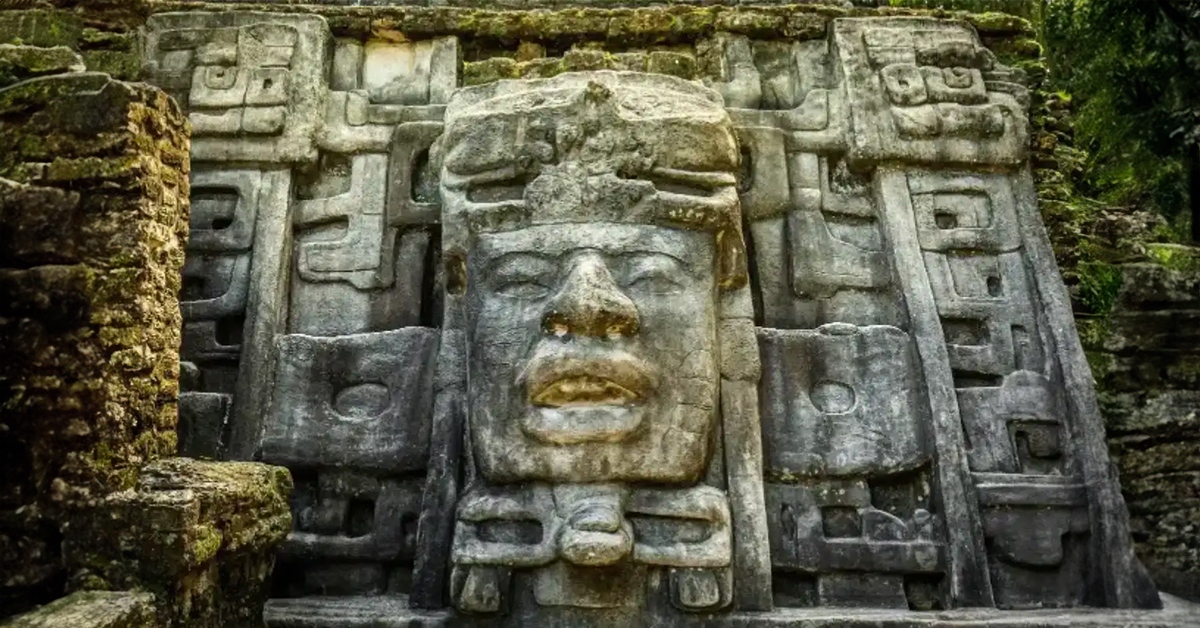Belize is more than a tropical paradise—it is a living mosaic of cultures, traditions, and creativity shaped by centuries of history and the resilience of its people. Nestled in Central America with Caribbean flair, Belize blends ancient Maya civilization, Afro-Caribbean influences, European colonization, and modern-day multiculturalism. In this blog, we explore the cultural roots and vibrant creative expressions that define Belize through the ages.
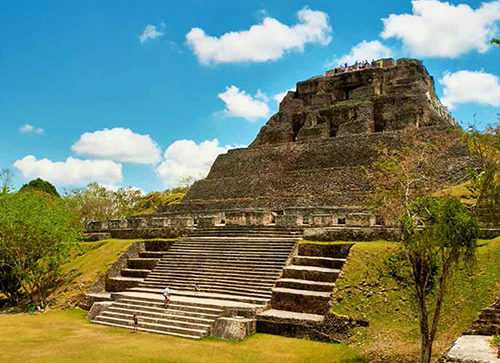
Ancient Maya Foundations
Long before Belize became a modern nation, it was part of the great Maya civilization. The Maya thrived here for centuries, leaving behind majestic cities, pyramids, and a legacy of astronomy, architecture, and art.
Sites like Caracol, Xunantunich, and Lamanai offer tangible connections to this ancient culture.
Maya traditions persist today in language, farming practices, and spiritual beliefs among modern-day Maya communities such as the Yucatec, Mopan, and Q’eqchi’.
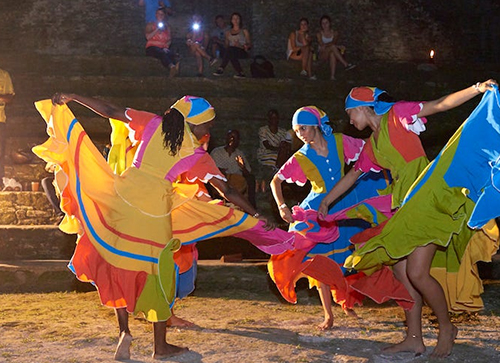
Colonial Influence and Creole Culture
Belize’s colonial past under British rule (when it was known as British Honduras) has left a lasting impact, particularly on its language and legal system. English is still the official language—unique in Central America—and is widely spoken alongside Creole, a vibrant local dialect born out of African, European, and Indigenous roots.
Belizean Creole culture is evident in music, folklore, cuisine, and everyday expressions.
Historical towns like Belize City showcase colonial architecture and cultural evolution.
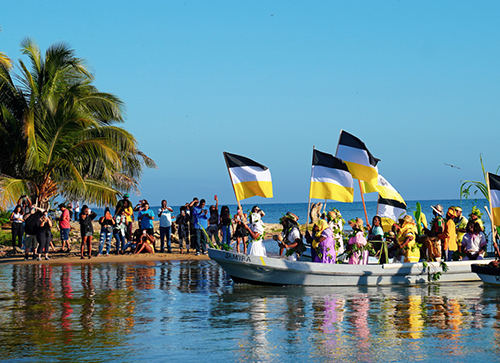
Garifuna Legacy: Rhythm, Resistance, and Identity
One of the most prominent cultural groups in Belize is the Garifuna people, descendants of West African and Indigenous Carib ancestry. After being exiled from St. Vincent in the 18th century, the Garifuna settled along the southern coast of Belize.
Garifuna Settlement Day (November 19) is a national holiday featuring drumming, dancing, and reenactments of their arrival.
Punta music and traditional foods like hudut (fish stew with mashed plantains) are cultural cornerstones.
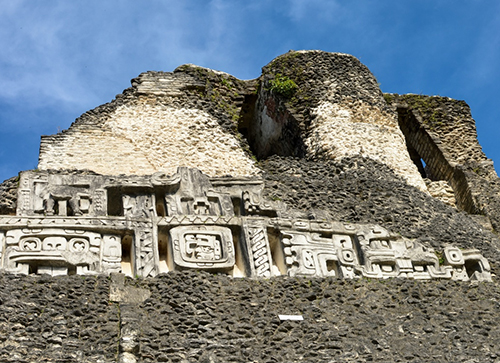
Mestizo and Maya Influence in the North and West
The northern districts of Corozal and Orange Walk, and the western region around San Ignacio, are rich in Mestizo and Maya heritage. These communities reflect a blend of Indigenous and Spanish influences.
Fiestas and Catholic traditions mix with pre-Columbian rituals.
Colorful embroidery, pottery, and handicrafts preserve traditional techniques.

East Indian and Mennonite Contributions
Belize’s cultural richness is deepened by smaller yet significant communities:
East Indians, originally brought for labor, have integrated their spices and culinary influence into Belizean cuisine.
Mennonites, mostly German-speaking settlers, contribute to Belize’s agriculture, furniture-making, and distinctive conservative lifestyle.
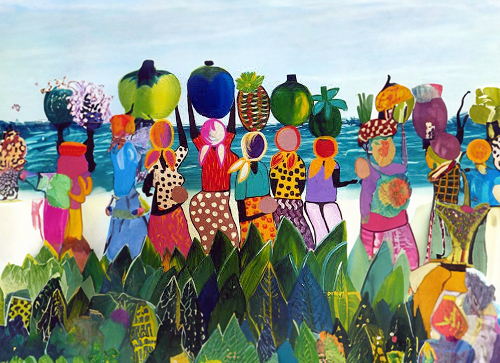
Creative Spirit: Art, Music, and Craft
Artistic expression in Belize is a celebration of cultural identity and community life. You’ll find murals, carvings, and handmade jewelry in villages and towns across the country.
- Visual Arts: Artists like Pen Cayetano and Benjamin Nicholas have gained national fame for showcasing Belizean life and history through painting and sculpture.
- Music: In addition to Punta, reggae, brukdown, and soca are part of Belize’s musical heartbeat.
- Crafts: Local markets brim with basketry, wood carvings, and beadwork that reflect ethnic heritage.
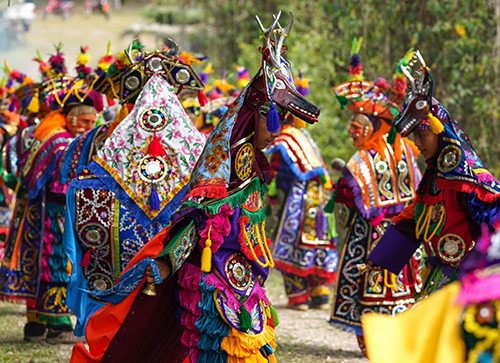
Festivals and Celebrations
Belizean festivals blend religion, history, and national pride. They are colorful, communal, and open to all:
- September Celebrations: Including Battle of St. George’s Caye Day (Sept 10) and Independence Day (Sept 21), with parades and cultural displays.
- Carnival: A lively affair full of costumes, dancing, and music in Belize City.
- Toledo Cacao Festival: Honors the cultural and economic importance of cacao among Maya communities.
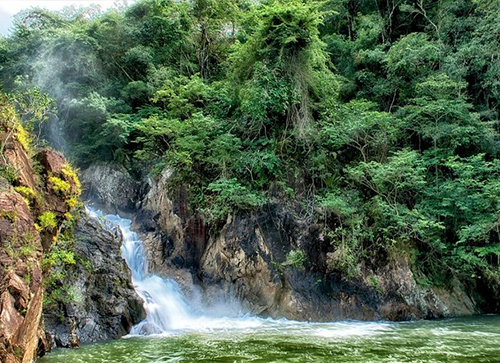
Preserving Heritage for the Future
Belize continues to embrace its past while fostering a dynamic cultural future. Through education, tourism, and grassroots movements, there is growing awareness of the importance of safeguarding intangible cultural heritage.
- Cultural houses and museums educate locals and visitors alike.
- Youth programs and artisan collectives keep traditions alive.
Final Thoughts
Belize’s culture is not a relic of the past—it is a living, evolving force rooted in deep heritage and enlivened by modern creativity. From the beat of Garifuna drums to the quiet strength of Maya rituals, from Creole expressions to Mennonite craftsmanship, every aspect of Belizean life tells a story.
When you visit Belize, you don’t just see the country—you feel it. You hear it in the music, taste it in the food, and experience it in every warm welcome. Dive into Belizean culture, and you’ll uncover a soul that’s as colorful and captivating as the land itself.



